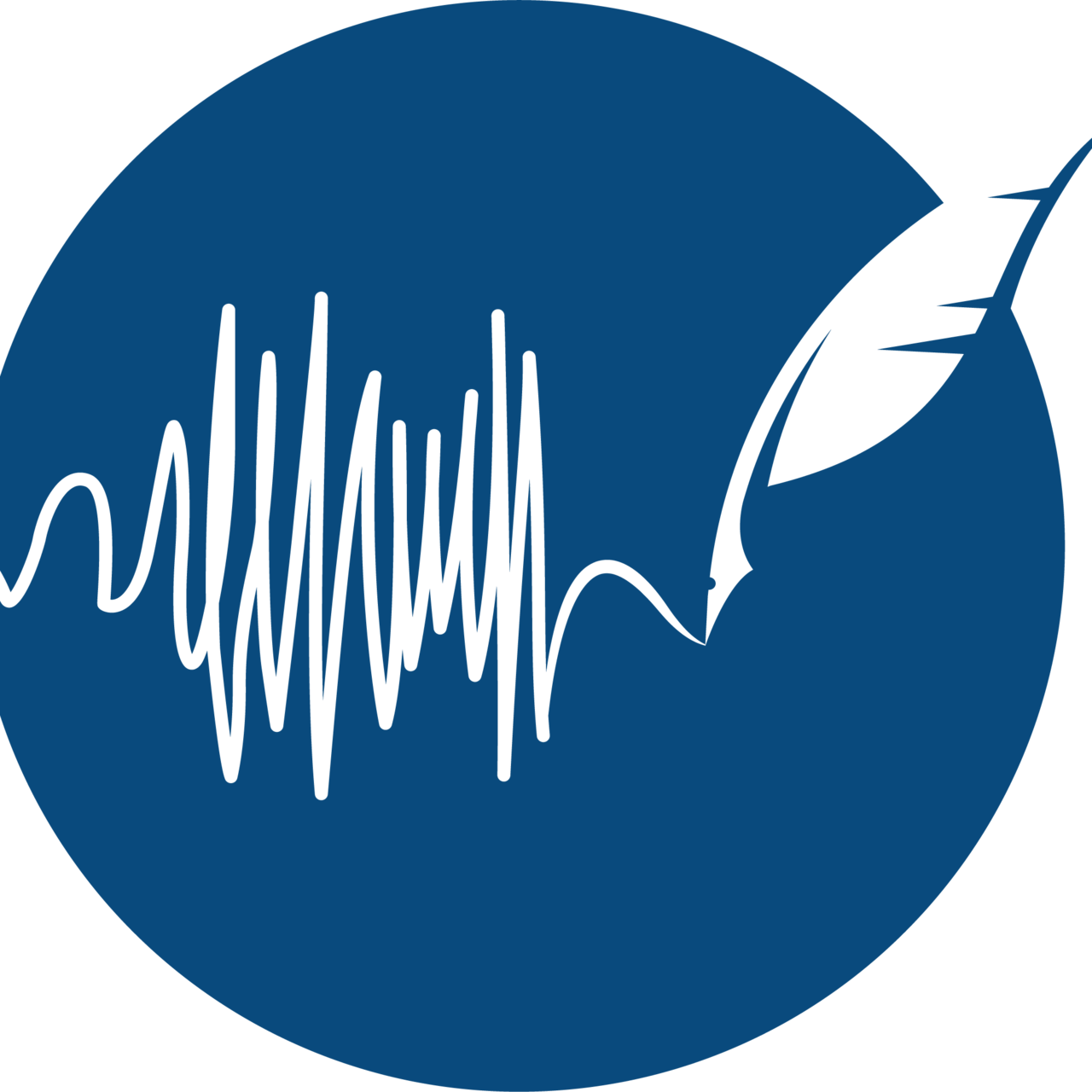A ‘compensatory injury’ in musculoskeletal medicine is an injury to one part of the body caused by the stress and strain of an older injury in another part of the body. There’s nothing controversial about most straightforward examples: major injuries clearly have complications that can include distinct new aches, pains, and breakdowns.
There's also nothing clinically interesting about such examples, like limping so hard after an ankle fracture that it triggers some back pain. What people are keen on — both clinicians and patients — is the more exotic causal links that cleverly connect the dots between injuries separated by much more time and anatomy, like blaming a shoulder pain in 2023 on a knee injury in 2005. As the number of dots increases, the more impressive it gets — and more speculative. Push this far enough and it becomes downright absurd. But not too absurd to be popular! Subtle, sneaky, and speculative causal links fascinate people.
In practice, the idea of compensatory injury is dominated by these more speculative and self-serving claims — self-serving because they make the professional sound wise and insightful about the interconnectedness of the body, and they are great for justifying and selling treatments.
The basics of compensatory injury
Let's review the conventional wisdom before criticising it. Here's how compensatory injury allegedly works, and almost certainly does work in simpler case:
Primary Injury: It all begins with an initial injury or dysfunction, which could be anything from a sprained ankle to an episode of sciatica to frozen shoulder: anything that has the potential to change how we use our bodies.
Altered Movement: We adapt to the primary injury by moving differently. For example, if your left knee hurts, you might start putting more weight on your right leg. This is no big deal at first … or ever for many people.
Compensation and Overuse: In some people, the body is not prepared for the extra load. This leads to overuse of vulnerable tissues and new pain or injuries or flare-ups of minor pre-existing problems.
Increased Vulnerability: The primary injury may also directly undermine our ability to cope with the loads. ‘Overuse’ is always relative to load tolerance, and load tolerance is in turn a function of complex biopsychosocial factors. Even relatively minor injuries can wreck sleep, for instance, and then exhaustion both directly undermines load tolerance and a long, tangled tail of indirect consequences: more stress, trouble functioning at work, social changes, and so on. So the primary injury may reduce load tolerance systemically or regionally through specific physiological mechanisms like neurological sensitisation, lowering the threshold at which compensatory injury can happen.
Kinetic Chain Reaction: Compensatory injuries are injuries in their own right, and so they may themselves cause more compensatory injuries: a chain reaction up and down the kinetic chain. However, they tend to decline in severity with time and distance from the primary injury.
Here are some uncontroversial examples that all involve relatively short term causal effects in adjacent body parts (although even here one could question some of our basic assumptions):
Back pain from limping: Limping due to a foot or ankle injury could lead to asymmetrical loading of the spine. Over time, this might cause back pain. If back pain can be caused by slightly uneven loading, which isn't exactly a sure thing; see what I mean about the assumptions?
Shoulder Overuse from Elbow Injury: Consider a tennis player with the predictable elbow injury (lateral epicondylitis): the pain might alter their technique, leading to increased load on the shoulder joint, and then a new injury like rotator cuff tendinitis.
Knee Pain Following Hip Injury: After a hip injury, such as a hip labral tear, a person might walk a bit funny to adapt to the reduced hip ROM, putting additional stress on the knee, potentially leading to new knee pain — or exacerbating existing knee conditions, which are quite common and may well have already been simmering away when the hip trouble started.
All probably real… but so what? Such spin-off injuries are not very clinically significant or actionable. They mostly are overshadowed by the primary injury and resolve in sync with it, usually on a scale of weeks or months at the most, and there's often not much to be done about them.






